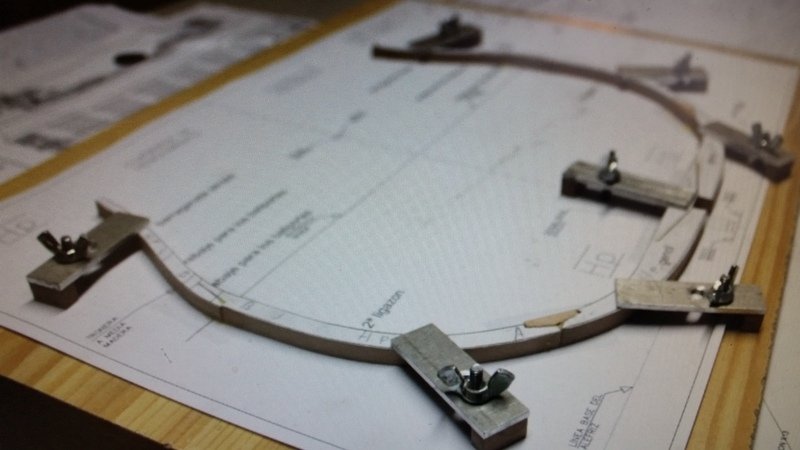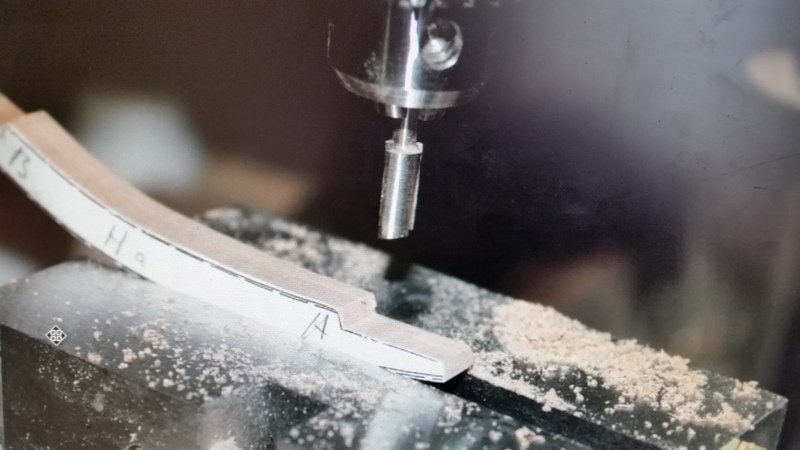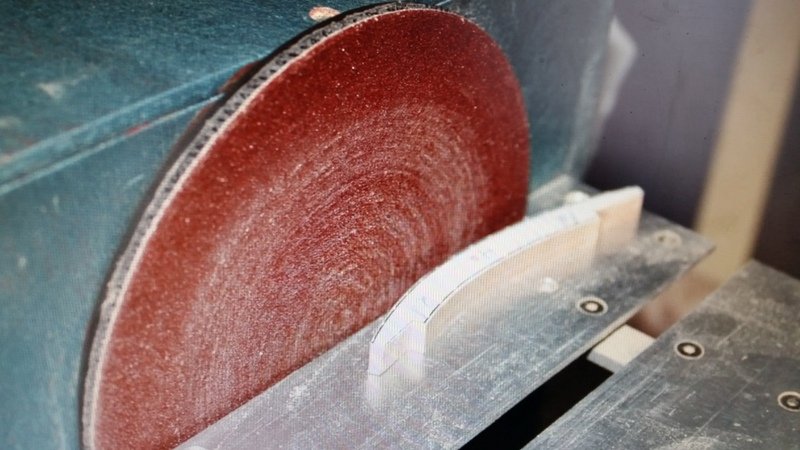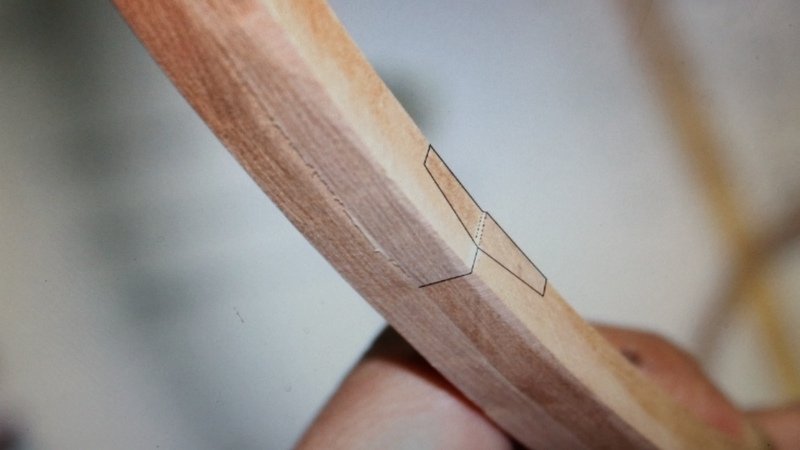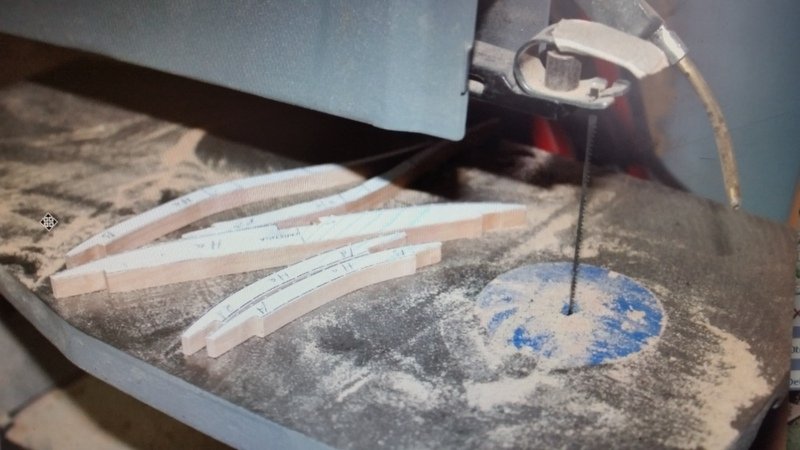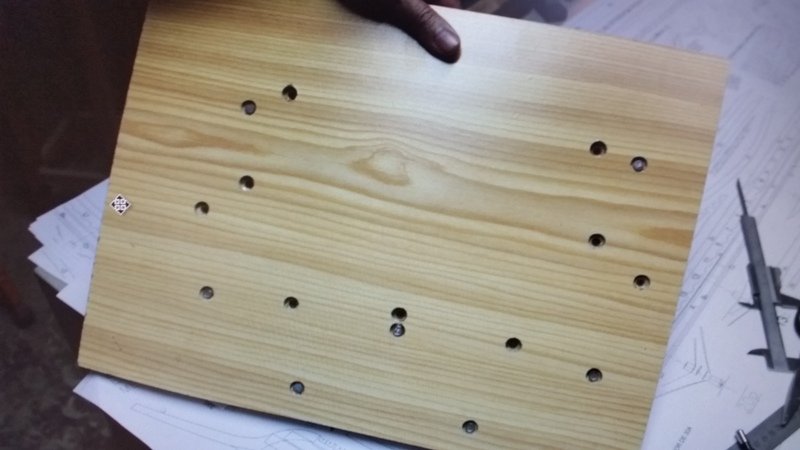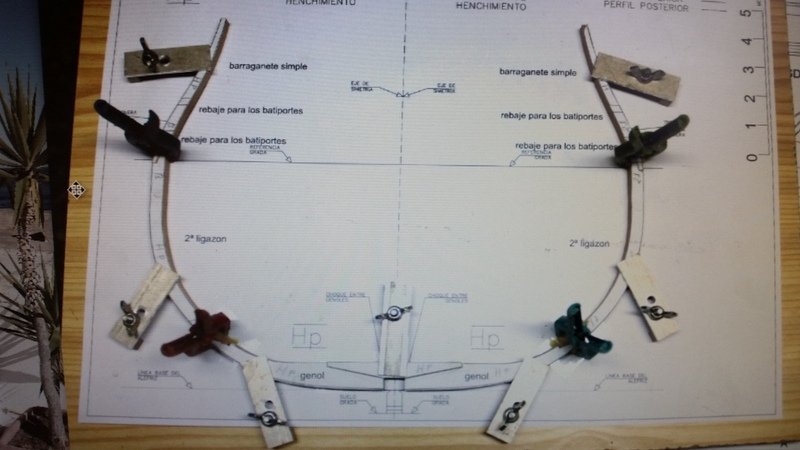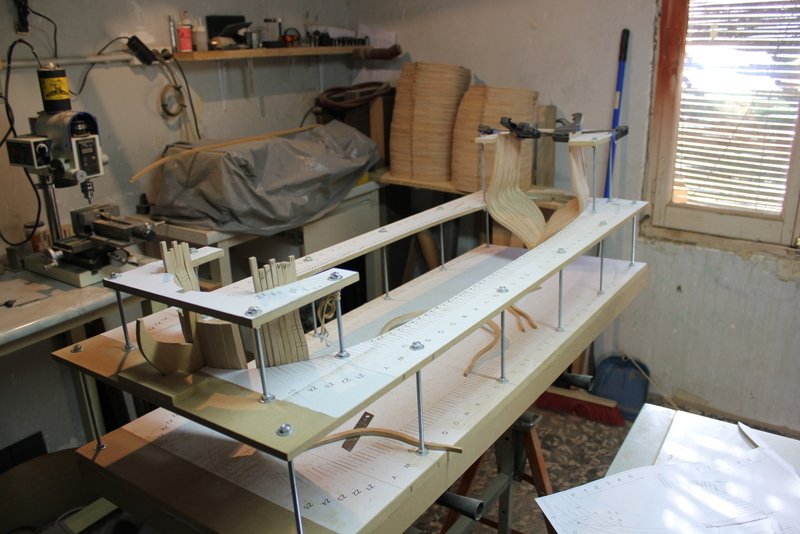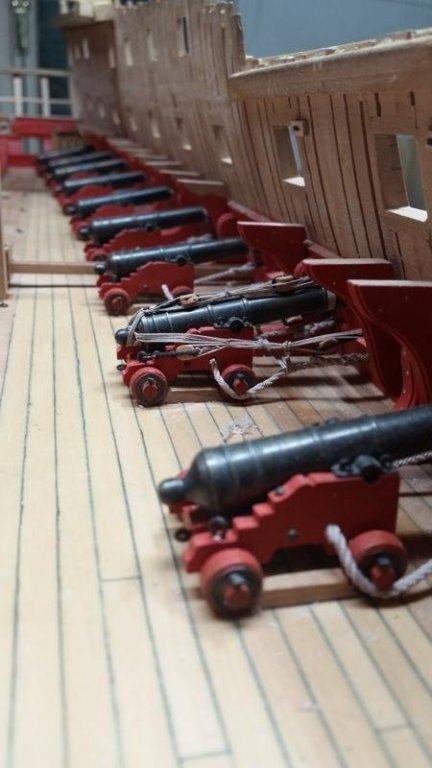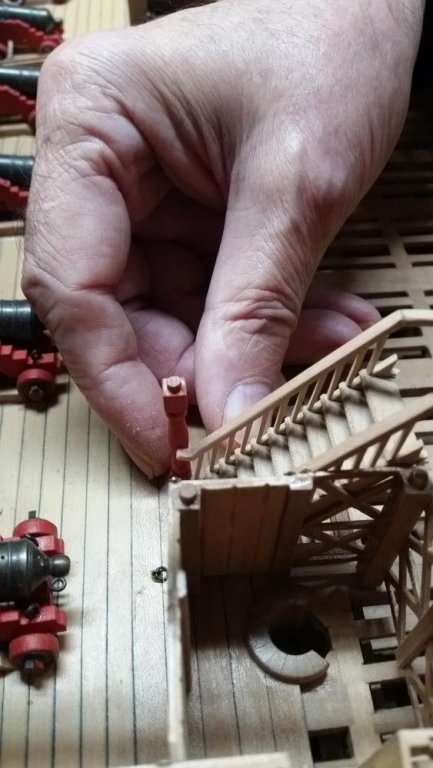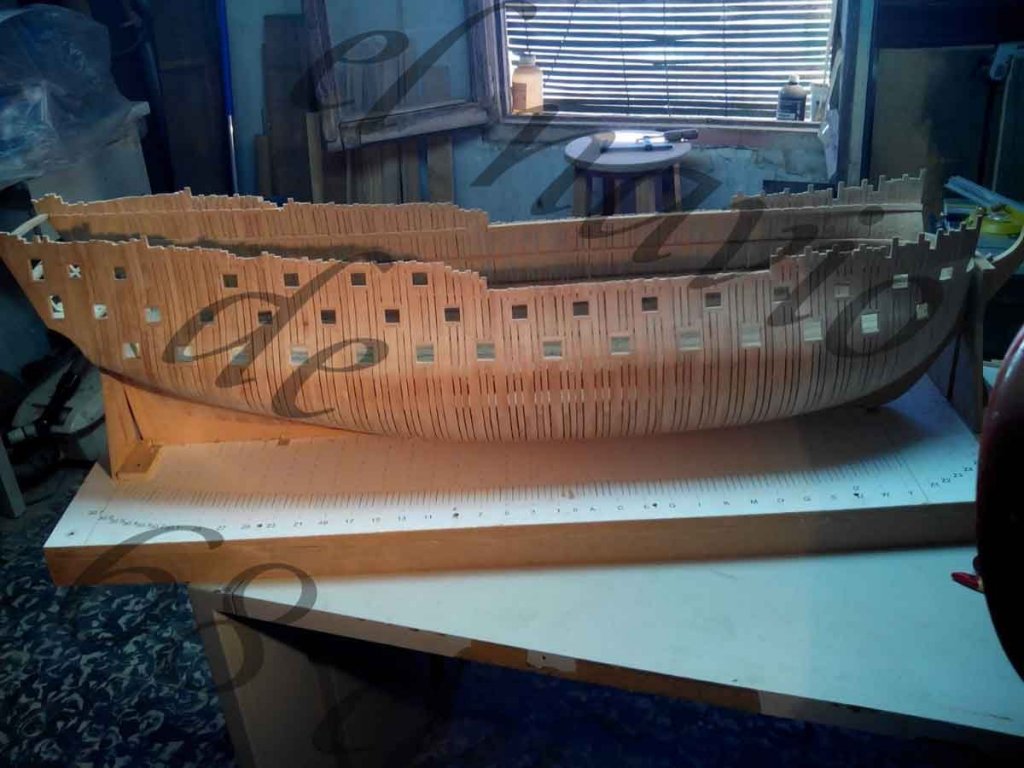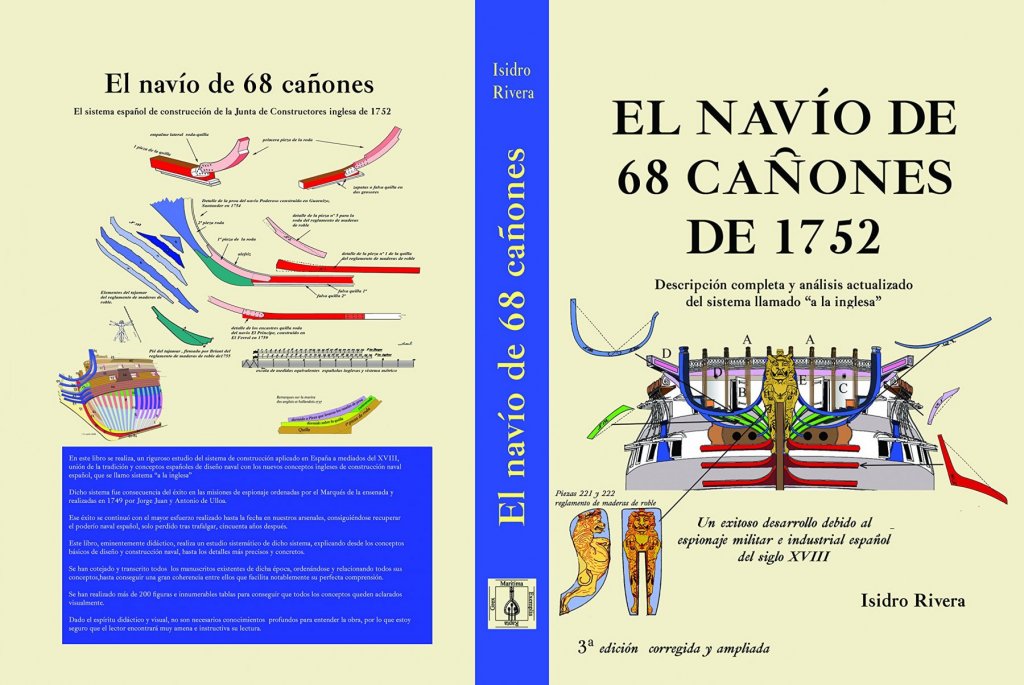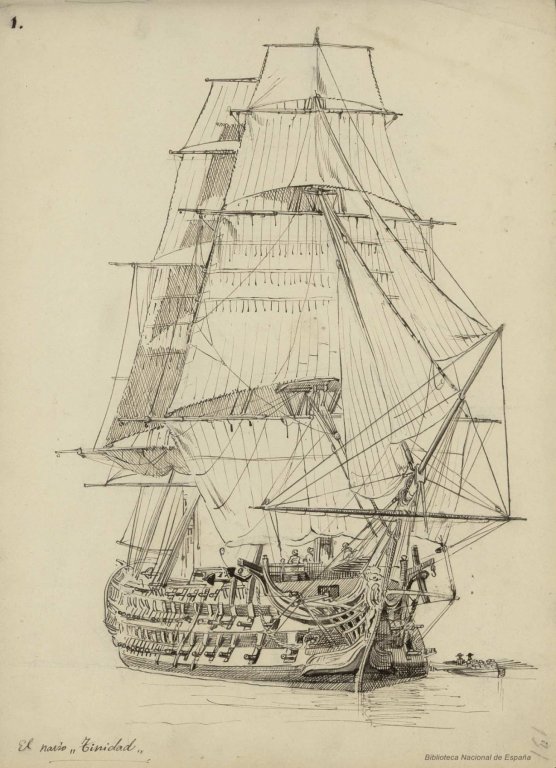
Isidro
Members-
Posts
36 -
Joined
-
Last visited
Content Type
Profiles
Forums
Gallery
Events
Everything posted by Isidro
-
La construcción de los marcos sigue el sistema inglés, pero debe tenerse en cuenta que durante el siglo XVIII, el sistema español se basó en los ship builders atraídos por la operación de espionaje español de 1748. El último establecimiento inglés de 1745. Este sistema fue mejorado, dimensionándolo y cambiando diferentes parámetros. (Mi libro "El 1752 barco español de 68 cañones" habla de ello). en los planos que le suceden a jose_toledo se dibuja cada cuadro a escala 1-50 y se monta en una tabla con clanes para sujetar las piezas y que están pegados con seguridad. Note: I translated this. Mtaylor The construction of the frames follows the English system, but it should be borne in mind that during the 18th century, the Spanish system was based on the ship builders attracted by the Spanish espionage operation of 1748. The last English establishment of 1745. This system was improved, sizing and changing different parameters. (My book "The 1752 Spanish ship of 68 cannons" talks about it). in the planes that happen to jose_toledo each frame is drawn to scale 1-50 and mounted on a table with clans to hold the pieces and that are stuck safely.
-
Comenzaremos con el primero. Para traducir una vieja palabra española, el diccionario marítimo de T. O'Scanlan es muy útil. http://diccionariomaritimo.blogspot.com/2011/03/blog-post.html En la parte final también hay un diccionario inglés-español, francés-español e italiano-español. Los planos se han elaborado siguiendo estrictamente el Establecimiento español de 1752, que se compone de varios documentos y Reales Pedidos. Mi amigo jose (jose_toledo en este foro) comenzó con la construcción de la cama, no la traduzco al inglés, pero cuando la veas la reconocerás. tiene un nivel, excepto en la popa y el arco en el que se agrega un nivel más. Note: I translated this to English -- mtaylor We will start with the first one. To translate an old Spanish word, the maritime dictionary of T. O'Scanlan is very useful. http://diccionariomaritimo.blogspot.com/2011/03/blog-post.html In the final part there is also an English-Spanish, French-Spanish and Italian-Spanish dictionary. The plans have been drawn up strictly following the Spanish Establishment of 1752, which consists of several documents and Royal Orders. My friend jose (jose_toledo in this forum) began with the construction of the bed, I do not translate it into English, but when you see it you will recognize it. it has a level, except in the stern and the arc in which one more level is added.
-
There are many differences between French and Spanish construction. and between English and Spanish. and also many similarities that we can comment if you want. In my opinion it is confusing to classify the ships by the number of total cannons. it is better to classify them by the number of guns in the low battery. A 68 guns ship is the evolution of the classic spanish 70 guns ship and the precursor of the spanish 74 gun ship. The concept of the 1752 Spanish ship is the result of the Spanish espionage campaign in England and Holland in 1748. and the Spanish concepts of shipbuilding. the result is far superior to the English ships built according to the establishment of 1745. A spanish 68 gun Ship is equivalent to a English 90 guns establishment 1745. regarding the book. I'm afraid the third edition is out of print. We will have to wait until the fourth is published. that would have added the complete plans. you can go see them in the model we are doing
-
thank you. Now I will continue with photos of the beginning of the ship. I will also put pieces of the theoretical work. I take this opportunity to remember that the books I have published about the Spanish galleons of XVI and XVII with my friends Cayetano Hormaechea and Manuel Derqui are available to all of you for free. Based on these books my friend Derqui is about to publish in the Ancre publishing house. a monograph on a galleon of 18 "cubits" of 1618
-
this photo is from the first deck the official stairway between the first and the second deck the hand is from my friend jose At the stern of the stairs you can see the cabin of the midshipmen in all the model the starboard side goes without boards showing the internal structure the port side is complete the cannons are Spanish of 24 pounds according to the regulation of 1752, the rigging of the cannons, which I will show in other photographs, is done according to the regulations of the time. On the first deck the guns are batiportados, I do not know the name in English.
-
Sorry for my English "google traslator" A few years ago I wrote a book analyzing and explaining the construction system used in Spain from 1752 to 1768. It was called an English system because its origin was an operation of military espionage against England. For some time now my friend Jose Collado is building a model of 68 canons following the plans I have made strictly following the Spanish regulations of that time. I will be putting pictures of the process. Spanish construction systems are not exactly the same as the French or the English and are little known by foreign researchers. Do not hesitate to ask if you have any questions or curiosity arise.
-
It is an image of the cover of the book of the ship of 68 cannons the other image is a drawing of the ship "santisima trinidad", drawn by a Spanish painter of the 19th century, which is freely available
-
https://www.academia.edu/19453876/Los_galeones_españoles_del_siglo_XVII_-_Tomo_I https://www.academia.edu/37437776/Los_barcos_oceánicos_del_Atlántico_ibérico_en_los_siglos_XVI_y_XVII_Tomo_I_de_III These are the links of some books, of which I am a co-author and that can be obtained for free on the web academia.edu Everyone talks about the famous Spanish galleons that dominated the Atlantic and even the Pacific during the fifteenth and early seventeenth centuries, but the subject is full of myths and inaccuracies. the first is to think that all Spanish ships were galleons, the galleons were a specific type of ship, which basically served for the merchant traffic with America. They were heavily armed and went in two annual convoys. The construction techniques of these galleons were specific and were very effective during those centuries. until being overtaken by the evolution of the line ship. During the eighteenth century, after a period of shortage of ships due to the war of Spanish succession, there was a revival of shipbuilding in Spain. there are four periods in the xviii the first (1712-1752) with the Basque builder Gaztañeta and his disciples Acosta in Cuba and Autran in Spain. (Among the most famous ships is the Princesa el Guerrero y el Rayo) the second, (1752-1764) called "construccion a la inglesa" with a project of industrial espionage led by Jorgejuan that brought various English builders (Irish Catholics and disgruntled technicians) and adapted the English construction to the Spanish concept (navio Santisima Trinidad, San Genaro) the third of standardization with France, with the French shipbuilders Gautier, (1764 1782) (ship San Juan Nepomuceno) the fourth with the shipbuilders Romero Landa and Retamosa (1782 - early nineteenth century) El Montañes, which is doing my good friend amalio and that exposes in this forum.) Soon I want to start by sharing the construction of a ship of the second period, a 68-gun ship that published a book a few years ago and recently finished the plans of it.
-
Hi. My name is Isidro. I apologize first because I do not speak English, only Spanish, and I must do the post through Google Translate. sorry for the mistakes I can make. For years my passion has been naval modeling and naval architecture. Initially I started my hobby with Artesania Latina kits, and later, some American model (brig oneida, from lumberyard). I have done various research and written several books, all referring to the Spanish naval construction of the sixteenth and seventeenth centuries, some as the only author and others with some friends. There are few books on constructive details of the ships of the Royal Spanish Navy, and of galleons, since most of the models that are made are modifications of English galleons, or with little scientific rigor. For some years now I have published several books to improve this situation. Among them is a book about Spanish galleons of the seventeenth century, another about Spanish and Portuguese atlantic vessels of the XVI and XVII. Both books can be downloaded freely, and I will be happy to share it with you. I have also published some books of rigging and Spanish naval maneuver of the eighteenth century. my current project is to conclude the monograph I started years ago from a Spanish ship of 1752, a 68-gun ship. It is a very curious story of naval espionage and technical development. the book is already finished, with the third edition exhausted. and the plans of the monograph already finished, but not published, waiting for my friend Jose, a resident like me in Toledo, to finish the model I will be happy to present our work, as well as help and advise anyone who needs to know some details about Spanish ships and galleons. a greeting Hola. mi nombre es Isidro. lo primero pedir disculpas porque no hablo ingles, solo español, y debo realizar los post mediante google traslator. perdon por los errores que pueda cometer. Desde hace años mi pasion es el modelismo naval y la arquitectura naval. inicialmente empece mi aficion con kits de Artesania Latina, y posteriomente algun modelo americano ( brig oneida, de lumberyard). He realizado diversos trabajos de investigacion y escrito varios libros, todos referentes a la construcion naval española de los siglos XVI y XVII, algunos como unico autor y otros con algunos amigos. existen pocos libros sobre detalles constructivos de los navios de la real armada española, y de galeones, ya que la mayoria de los modelos que se realizan son modificaciones de galeones ingleses, o con poco rigor cientifico. desde hace unos años he publicado diversos libros para mejorar esta situacion. Entre ellos figura un libro sobre los galeones españoles del siglo XVII, otro sobre embarcaciones atlanticas españolas y portuguesas del XVI y XVII. ambos libros pueden ser descargados libremente, y me alegraré de compartirlo con vosotros. https://www.academia.edu/19453876/Los_galeones_españoles_del_siglo_XVII_-_Tomo_I https://www.academia.edu/37437776/Los_barcos_oceánicos_del_Atlántico_ibérico_en_los_siglos_XVI_y_XVII_Tomo_I_de_III tambien he publicado algunos libros de aparejado y maniobra naval española del siglo XVIII. mi proyecto actual es concluir la monografia que empece hace años de un navío español de 1752, un navío de 68 cañones. es una historia muy curiosa de espionaje naval y desarrollo tecnico. el libro esta ya terminado , con la tercera edicion agotada. y los planos de la monografia ya acabados, aunque sin publicar, a la espera de que mi amigo jose , residente como yo en toledo, acabe el modelo estaré encantado de ir presentando nuestro trabajo, asi como ayudar y asesorar a cualquiera que necesite saber algun detalle sobre navios españoles y galeones. un saludo
About us
Modelshipworld - Advancing Ship Modeling through Research
SSL Secured
Your security is important for us so this Website is SSL-Secured
NRG Mailing Address
Nautical Research Guild
237 South Lincoln Street
Westmont IL, 60559-1917
Model Ship World ® and the MSW logo are Registered Trademarks, and belong to the Nautical Research Guild (United States Patent and Trademark Office: No. 6,929,264 & No. 6,929,274, registered Dec. 20, 2022)
Helpful Links
About the NRG
If you enjoy building ship models that are historically accurate as well as beautiful, then The Nautical Research Guild (NRG) is just right for you.
The Guild is a non-profit educational organization whose mission is to “Advance Ship Modeling Through Research”. We provide support to our members in their efforts to raise the quality of their model ships.
The Nautical Research Guild has published our world-renowned quarterly magazine, The Nautical Research Journal, since 1955. The pages of the Journal are full of articles by accomplished ship modelers who show you how they create those exquisite details on their models, and by maritime historians who show you the correct details to build. The Journal is available in both print and digital editions. Go to the NRG web site (www.thenrg.org) to download a complimentary digital copy of the Journal. The NRG also publishes plan sets, books and compilations of back issues of the Journal and the former Ships in Scale and Model Ship Builder magazines.

